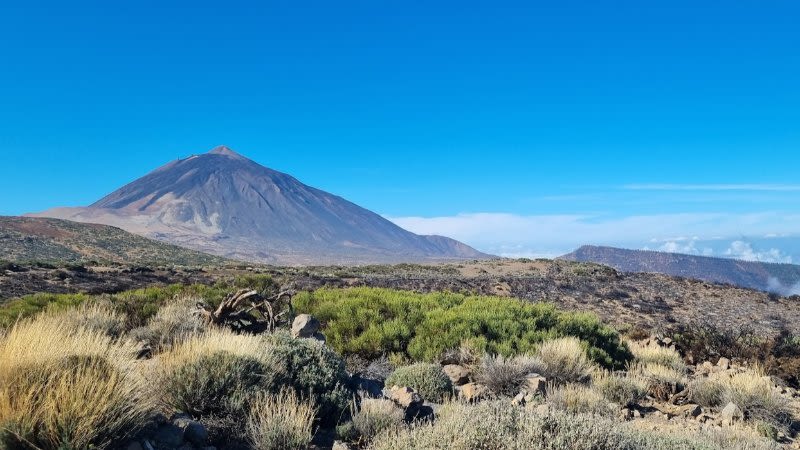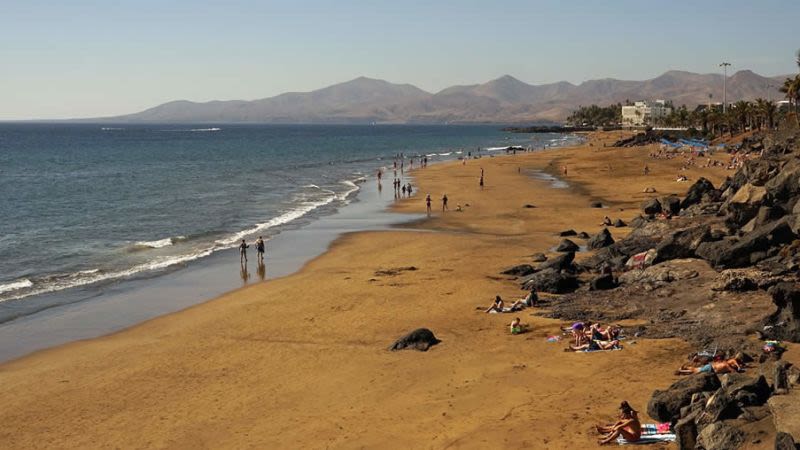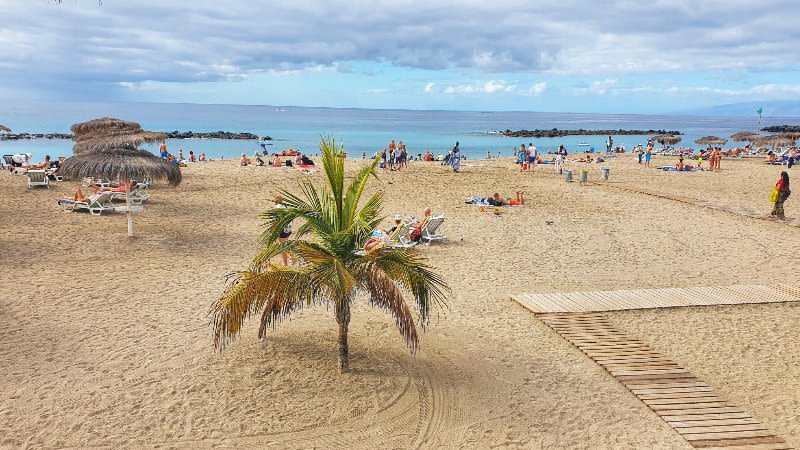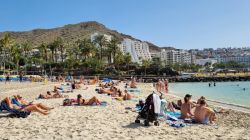Work begins on the Tenerife - La Gomera submarine electrical cable

The President of the Canary Islands, Ángel Víctor Torres, presided over the official act to start work on the new submarine electrical link designed to connect the islands of Tenerife and La Gomera, a project that represents a milestone in the modernization of the electrical system of the Canary Islands and in the decarbonization plans scheduled for the archipelago.
Torres explained that "the submarine electrical interconnection between La Gomera and Tenerife [which is added to the existing one between Lanzarote and Fuerteventura] will facilitate the reduction of electricity generation costs and will contribute to less dependence on fossil fuels from abroad while producing an environmental improvement in the two islands”. This initiative in turn contributes to continuing advancing in the greater participation of renewable energies in the energy balance of the Canary Islands (energy mix), which in this legislature, from the end of 2018 to 2022, have gone from representing 10.52% to reaching 20.13%, which means that the contribution of clean energies in the Canary Islands energy mix has almost doubled. A fifth of the electricity consumption on the islands already has a green, renewable, sustainable origin”.
In statements to the media, the regional president announced that the total investment will amount to around 114 million euros, with permits from Costas, an environmental impact statement and the involvement from various administrations.
Hydroelectric power station in the municipality of Güímar
Likewise, Torres considered it very relevant that the president of Redeia, Beatriz Corredor, has advanced today the company's commitment to the Canary Islands and, specifically, to Tenerife, with the municipality of Güímar as the most likely location for the hydroelectric power station on this island. “This is a major initiative because hundreds of millions of euros are needed, it implies environmental recovery and is key to the storage of renewable energy in Tenerife. We will continue walking" in the green transformation "with a clear vision and the horizon set at 2040 when all the energy on the islands must be renewable".
The company Red Eléctrica (REE), a subsidiary of Redeia and responsible for the operation and transmission of electricity in Spain, has already begun work on the new submarine link. This is a new interconnection between islands that will be decisive in guaranteeing the security of supply on La Gomera, enabling greater integration of renewable energies and achieving a reduction in global generation costs by linking the electrical systems of both islands.
Thanks to this new link, whose commissioning is scheduled for 2025, La Gomera will be able to generate and integrate a renewable contingent greater than the total demand of that island, thus reducing dependence on the El Palmar thermal power plant. In addition, thanks to the interconnection, the Tenerife system will be able to integrate the surplus of renewable generation originating in La Gomera, thus reducing its dependence on fossil fuels and at the same time contributing to the reduction of greenhouse gas emissions.
An ambitious installation adapted to the environment
This new strategic project represents an ambitious challenge, given its technical complexity both in its terrestrial and underwater sections. No standard solutions have been applied, adapting all of them flexibly to the reality of the territory from all points of view: social, technical and environmental.
The axis consists of a 66 kV double circuit line, with a 36 km underwater section and two underground terrestrial sections on the islands of La Gomera and Tenerife, which will link the future electrical substation of Chío (Tenerife) with the new electrical substation from El Palmar (La Gomera).
It is the deepest three-pole alternating submarine link in the world, which is why it has required an adapted cable design, reinforced with lightweight materials capable of withstanding the demanding requirements of the environment in which it will be installed.
On the other hand, due to its length and complexity, the arrival of the cable ashore on both islands has posed a challenge to ensure the protection of the biodiversity of the shallower waters, given the unique nature of the highly heterogeneous volcanic soils. To do this, the technique of directed drilling has been used, which introduces the cable into the sea through a microtunnel with an outlet hundreds of meters from the coast, nullifying any effect on the biological communities of the drilling section of the coast.
In short, the layout of the interconnection has been designed in order to minimize the impact on the landscape and to ensure maximum protection of the vegetation and fauna in the areas through which it runs.






























